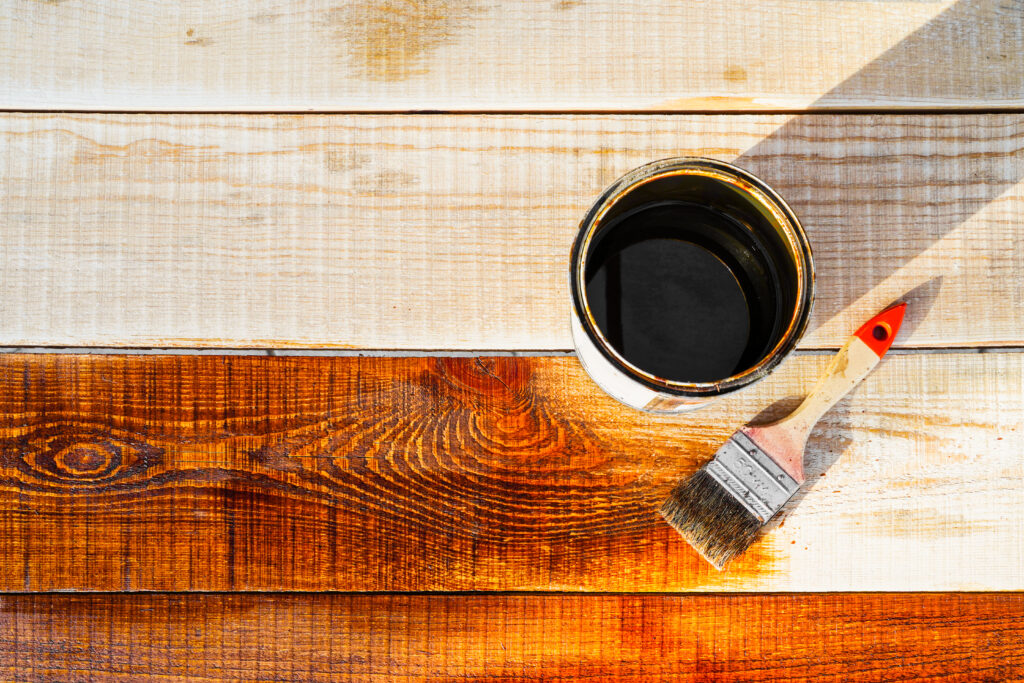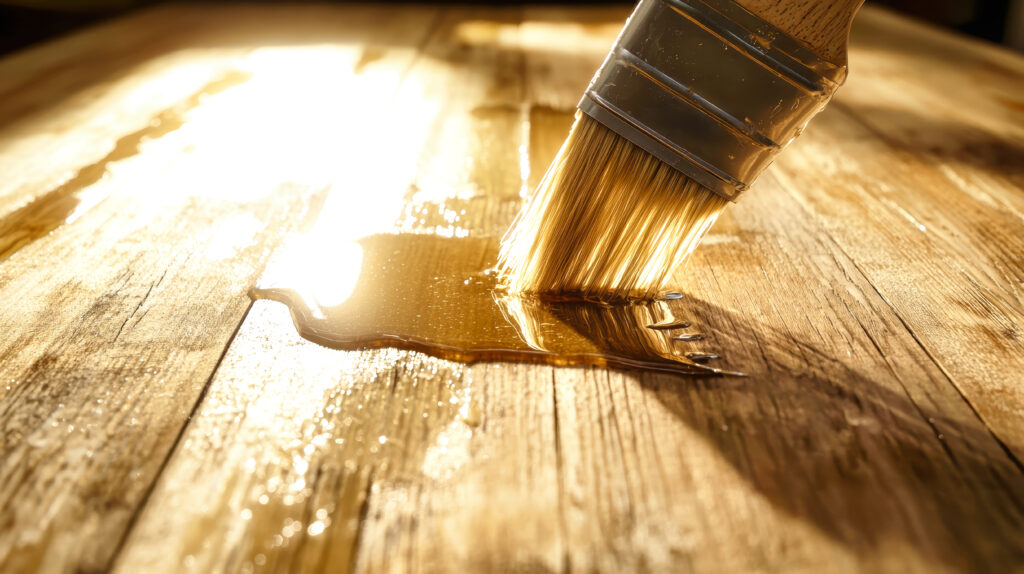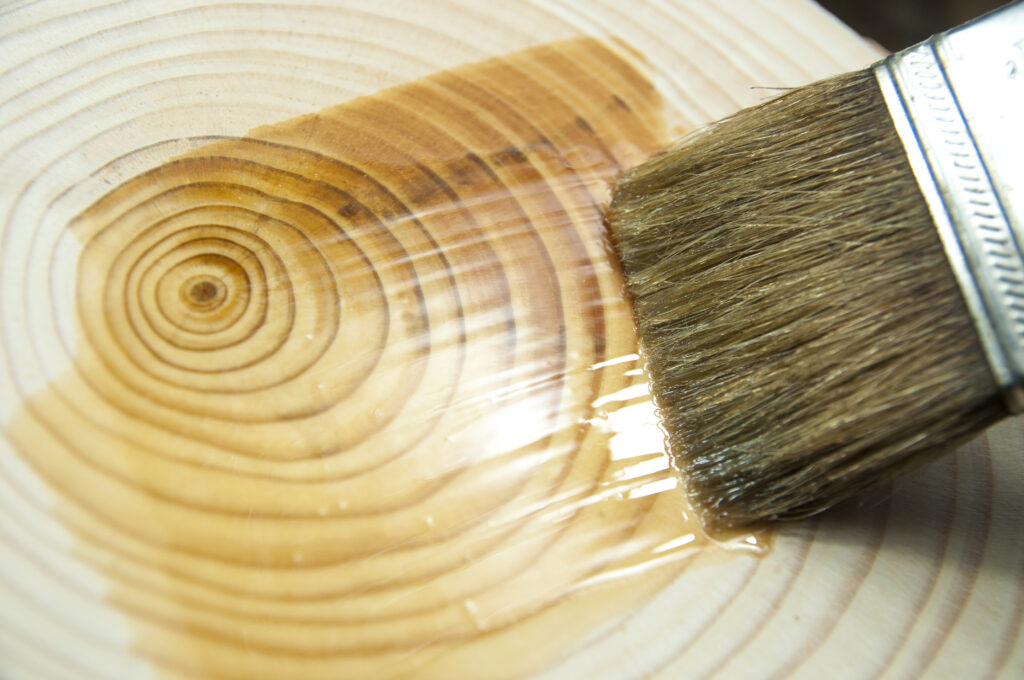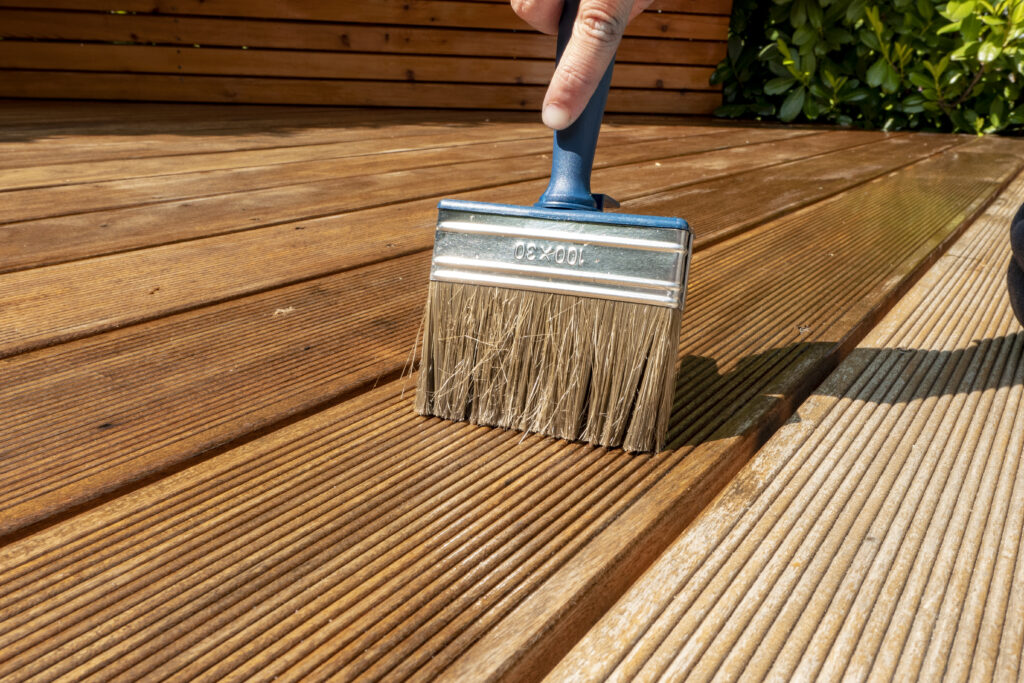Your deck is where summer memories are made—grilling with friends, lazy afternoons with a book, or just soaking up the sun. But while you’re enjoying it, your deck is quietly battling the elements: sun, rain, foot traffic, and even snow. And all of that wear and tear eventually shows.
That’s why regular deck maintenance is more important than most homeowners realize. One of the biggest questions people ask is, “How often should I restain my deck?” The answer depends on several factors, and getting it wrong can cost you—either in premature wood damage or wasted time and money on unnecessary work.
In this post, we’re breaking down everything you need to know: how to tell when it’s time to restain, the best stain types and colors to choose, and how to keep your deck looking great year-round. Whether you’re thinking of tackling the job yourself or wondering if it’s time to call in a deck staining service, you’re in the right place.
By the end, you’ll feel confident about protecting your investment and giving your deck the care it deserves—without the guesswork.
How Often Should You Really Restain Your Deck?

If you’ve ever stood on your deck and wondered, “Is it time to restain this thing again?”—you’re definitely not alone. Unfortunately, there’s no one-size-fits-all answer. The real timing depends on a few key factors, and getting it right is a big part of smart deck maintenance.
In general, most decks need to be restained every 2 to 3 years. But that’s just a starting point. If your deck gets full sun all day, faces extreme weather (hello, Midwest winters), or sees heavy foot traffic, you might need to restain it more often. On the flip side, a well-protected deck with a good-quality stain and regular upkeep might last a bit longer between touch-ups.
The type of stain you use matters, too. Solid stains offer the most protection and typically last longer—closer to 3–5 years. Semi-transparent or clear stains provide a more natural look but need to be reapplied more frequently.
So how do you know it’s time? A quick water test is an easy place to start. Sprinkle some water on your deck boards—if it beads up, your stain is still doing its job. If it soaks in quickly, it’s time to reapply.
Staying on top of your deck maintenance schedule doesn’t just make your deck look great—it protects the wood from cracking, rotting, or warping over time. And that means fewer costly repairs down the line.
Signs Your Deck Needs to Be Restained Now

You don’t need to be a contractor to know when your deck is crying out for help—just a few simple signs can tell you it’s time to restain. Think of it like regular checkups for your outdoor space. Ignoring these early red flags can lead to bigger problems that cost more time and money to fix.
One of the easiest things to spot? Fading color. If your deck used to be rich brown or warm cedar and now looks pale, gray, or washed out, that’s a clear sign your current stain has worn down and UV damage is taking a toll.
Next, keep an eye out for peeling or flaking stain. This often happens in high-traffic spots like stairs or entry points. If your stain is literally lifting off the wood, it’s not doing its job anymore—and your deck is vulnerable to moisture.
Another great test is the “water drop test.” Pour a bit of water on the wood—if it immediately soaks in instead of pooling, your deck is no longer protected and needs deck staining service attention.
Also, if the wood feels rough or splinters easily underfoot, or if the boards look dried out and cracked, that’s your deck saying it’s overdue for some serious deck maintenance.
If any of this sounds familiar, don’t wait. Whether you plan to DIY or call in a deck staining service, catching the problem early is the key to preserving your deck’s structure—and its curb appeal.
Choosing the Right Deck Stain Colors for Longevity and Style

Restaining your deck isn’t just about protection—it’s also your chance to refresh the look of your outdoor space. The right deck stain color can completely transform the vibe of your backyard, complement your home’s exterior, and even boost resale value. But there’s more to it than just picking a pretty shade.
First, think about how much wood grain you want to see. Clear and semi-transparent stains let the natural texture and color of the wood show through, which can be beautiful—especially if you have high-quality lumber like cedar or redwood. Just know that these types of stains typically need to be reapplied more often, sometimes every 1–2 years.
If you’re going for low maintenance and long-lasting protection, solid stains are your best friend. They offer richer coverage, hide imperfections, and block more UV rays, which helps slow down fading. These are great for older decks or if you’re changing the deck’s color entirely.
Color also plays a role in how your deck weathers. Lighter deck stain colors reflect more sunlight and tend to fade more evenly, while darker colors absorb more heat and may show wear more quickly—but they can also add warmth and a bold, modern touch.
Whatever direction you go, it’s worth testing a few stain samples on a small, hidden section of your deck first. Lighting, wood type, and age all affect how the final color appears once dry.
Choosing the right deck stain colors is a balance between style and practicality. With the right choice, you’ll not only love how your deck looks—you’ll also get more time between restaining sessions.
DIY vs. Professional Deck Staining: What to Consider

So, you’ve decided it’s time to restain your deck—great! Now comes the next big question: Should you do it yourself or hire a professional? Both options have their pros and cons, and the right choice really depends on your time, skill level, and how much wear your deck has already seen.
If you’re handy, have the right tools, and your deck is in good shape, DIY might be a cost-effective route. Just be prepared—deck staining is a time-consuming job. There’s cleaning, sanding, choosing the right stain, applying it evenly (without drips or streaks), and then waiting for the weather to cooperate. It’s not difficult, but it’s definitely not a quick afternoon project either.
On the flip side, hiring a professional deck staining service takes the stress off your plate and often leads to better, longer-lasting results. Experts know how to prep the wood properly, choose the best stain for your deck’s condition, and apply it evenly with the right equipment. Plus, they can spot issues like water damage or rot that you might miss—issues that could turn into costly problems if left untreated.
And let’s be honest—sometimes, the peace of mind is worth the price tag. If your deck is large, multi-leveled, or hasn’t been stained in years, bringing in a professional deck staining service might actually save you money in the long run.
Whatever route you take, the most important thing is that the job gets done right—because a well-stained deck is one that stays beautiful, strong, and safe for years to come.
Deck Maintenance Tips That Keep Your Stain Looking Fresh

You’ve picked the perfect stain, applied it like a pro (or hired one), and your deck is looking amazing. Now the real trick is keeping it that way. Good deck maintenance doesn’t have to be complicated, but it does take a little consistency—and trust us, it’s well worth the effort.
Start with regular cleaning. Dust, dirt, and fallen leaves might seem harmless, but over time, they trap moisture and promote mold or mildew. Sweep your deck weekly, and give it a gentle wash with a hose or a soft-bristle broom every month or so. Avoid using a high-powered pressure washer unless you’re very confident—it can strip stain or even damage the wood.
Keep an eye on problem areas. Places where water tends to pool, where planters sit, or where furniture rubs can wear faster than the rest of the deck. If you notice peeling or fading in small spots, you can often spot-treat those areas instead of restaining the entire surface.
Don’t forget seasonal care, either. In the fall, clear away debris before it piles up. In winter, avoid using metal shovels or harsh de-icers on your deck—they can scratch or weaken the stain. And come spring, inspect the boards for signs of wear, moisture damage, or color loss.
The more proactive you are with your deck maintenance, the longer your stain will last—and the better your deck will look year-round. Think of it like regular oil changes for your car: a little attention now saves you from bigger issues later.
Also read: Outdoor Deck Ideas for Chicago Homes: Styles That Withstand Midwest Weather
A Little Deck Maintenance Goes a Long Way
Your deck is more than just a place to grill burgers or sip your morning coffee—it’s an extension of your home. And like anything you care about, it needs regular attention to stay safe, beautiful, and long-lasting.
We’ve covered when and how often to restain your deck, the signs that it’s time for a refresh, how to choose the right deck stain colors, and whether to DIY or call in a deck staining service. We also walked through simple deck maintenance tips that help your stain last longer and your wood stay strong.
The takeaway? A well-maintained deck doesn’t just look good—it performs better, resists damage, and saves you money on major repairs down the line. Whether you’re gearing up for a full restain or just want to keep your outdoor space in tip-top shape, a little consistency now will pay off big in the long run.
Not sure where to start or if your deck is overdue? Reach out to a local professional for an inspection or estimate. A trusted deck staining service can help you protect your investment—and make your deck the best seat in the house.
Ready to give your deck the attention it deserves? Let’s get started.